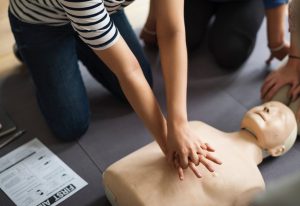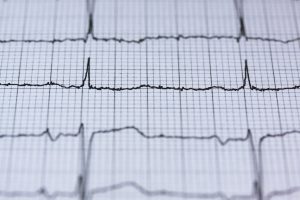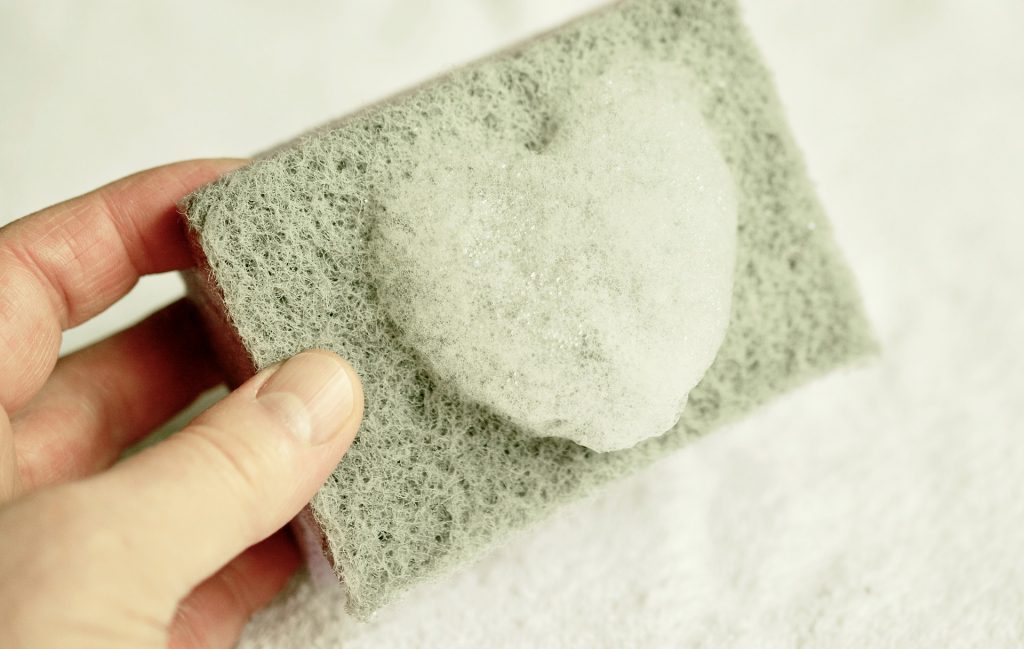HeartCert CPR has introduced a new course providing lifesaving training for Emergency Medical Responders. This course is designed for firefighters, police officers, security guards, and any other Emergency Medical Services (EMS) professionals who could be first on the scene of a medical emergency.

Emergency Medical Responders (EMRs) are a vital part of the comprehensive EMS response. EMRs, also known as first responders, have the knowledge and skills necessary to provide immediate lifesaving interventions with minimal equipment, usually while awaiting additional EMS resources to arrive. EMRs also provide assistance to higher-level personnel at the scene of emergencies and during transport.
This course can be taken either in a traditional classroom setting, a blended learning setting (with some online course work required prior to an in-person practical skill session) or onsite. We offer both an initial and a refresher course. The same certification is administered for each type of session, and BLS certification is included.
Participants will have the chance to take both the Minnesota and national certification tests at the conclusion of class. Testing fees may apply.
The HeartCert CPR Emergency Medical Responder course is certified through the Minnesota Emergency Medical Services Regulatory Board (EMSRB).
Visit the Emergency Medical Responder course page to learn more and to sign up. Our first course begins in March, so register today! Contact us to schedule an onsite training.
HeartCert CPR is your trusted training partner for First Aid and CPR in Minnesota. We now offer night and weekend classes to fit your busy schedule!
Find your CPR Class, PALS Class, BLS Class or ACLS Class at any of our Minnesota locations, including our new headquarters location, HeartCert CPR Eagan:
- HeartCert CPR Minneapolis
- HeartCert CPR St. Paul
- HeartCert CPR Burnsville
- HeartCert CPR Eden Prairie
- HeartCert CPR Richfield
- HeartCert CPR Woodbury
- HeartCert CPR Eagan
- HeartCert CPR Brooklyn Park
- HeartCert CPR Blaine
- HeartCert CPR St. Cloud
- HeartCert CPR Rochester
- HeartCert CPR Mankato
- HeartCert CPR Duluth
We also partner with Appleton and Anchorage for select classes.
















